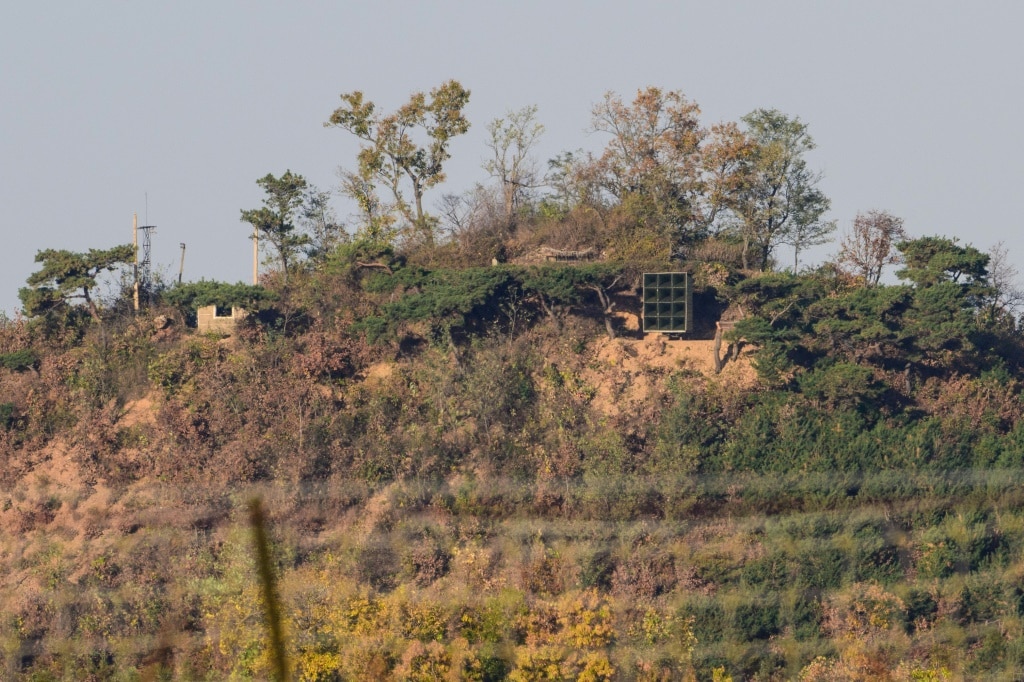Report from NSW coroner details last moments of 25 Australians who died in the Black Summer fires
A horrific picture of Australia’s Black Summer bushfires has been released in a massive coronial investigation detailing the tragic last moments of 25 Aussies who perished.
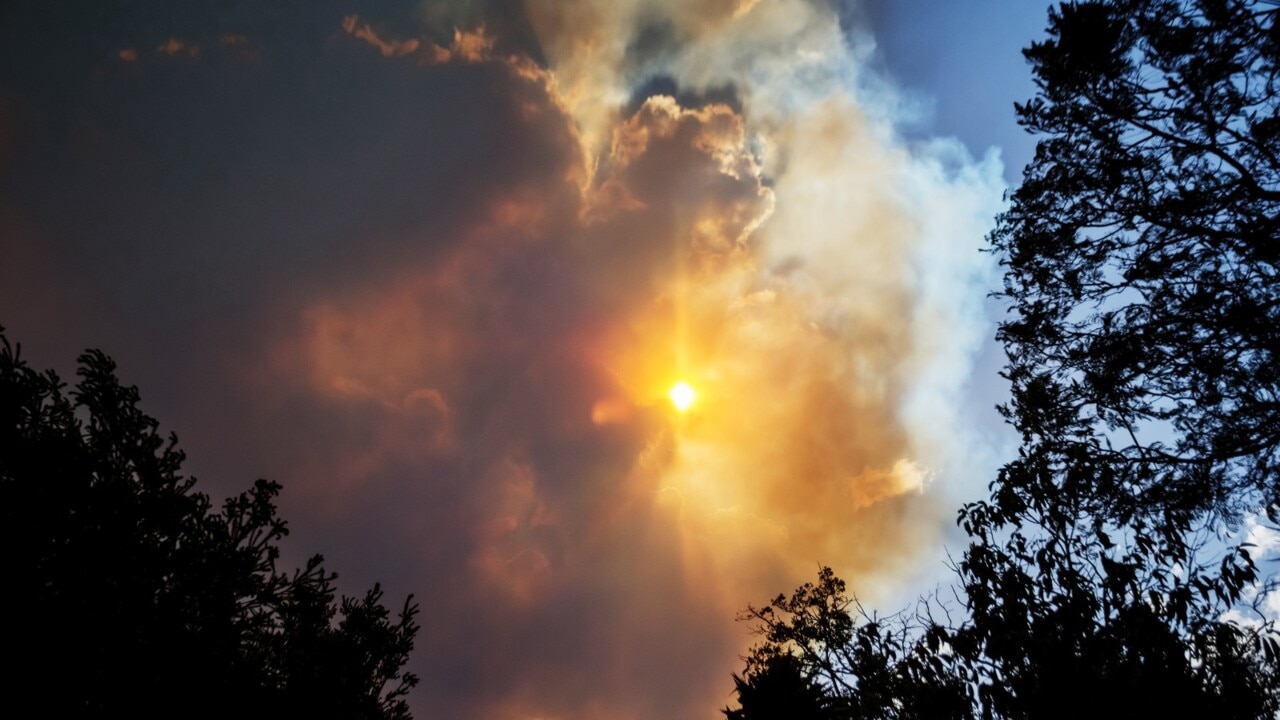
The horrifying reality of the Black Summer bushfires that devastated the country in the 2019-20 season has come out with the release a mammoth coroner’s report detailing the heart-wrenching final moments of the 25 Australians who perished in the fires across NSW.
The two-volume report, the result of a two-year inquiry led by NSW State Coroner Magistrate Teresa O’Sullivan, finalises the cause and manner of death of the people, with Ms O’Sullivan calling the loss “unprecedented in scale and intensity”.
“Twenty-five people died in connection with these fires, including seven firefighters,” she said.
“It is important at the outset to honour them and to acknowledge those who have endured a loss in, what can only be described as, horrific circumstances.”
For some of the victims of the inferno, Ms O’Sullivan writes out a chronology of the terrible events that led to their tragic deaths.
Robert and Patrick Salway
The horrific circumstances leading to the deaths of father-and-son Robert and Patrick Salway started on December 27 with the eruption of the Badja Forest Fire, which swept through the township of Wandella, about 250km southeast of Canberra, on December 27, 2019.
The fire impacted nearby properties on December 31, including the Wingrove property where Robert and Patrick lived with their families.
“Robert and Patrick were putting out spot fires in a paddock on their property when they became caught in a firestorm, which hit at approximately 7.25am on December 31,” the report stated.
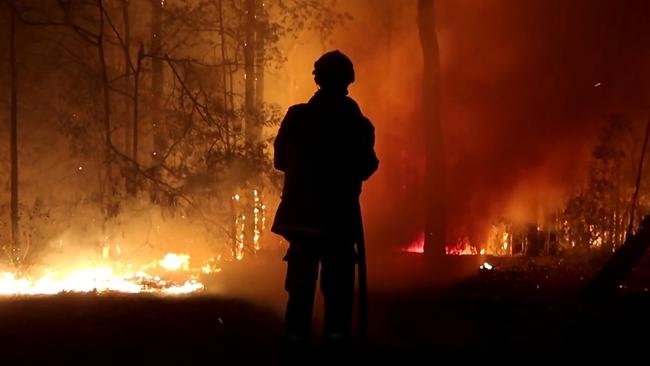
In the words of neighbour Peter Anderson, who offered oral evidence to the inquiry, the fire front moving towards the properties roared “like a raging bull” coming out of the mountains.
“According to the oral evidence of Mr Anderson, the glow of the fire and its roar became stronger and louder throughout the evening and early hours of December 31,” the report stated.
“He told the court that around 4.45pm, the weather conditions changed dramatically with temperatures reaching towards 40 degrees and the wind blowing at 30 to 40 knots from the west.
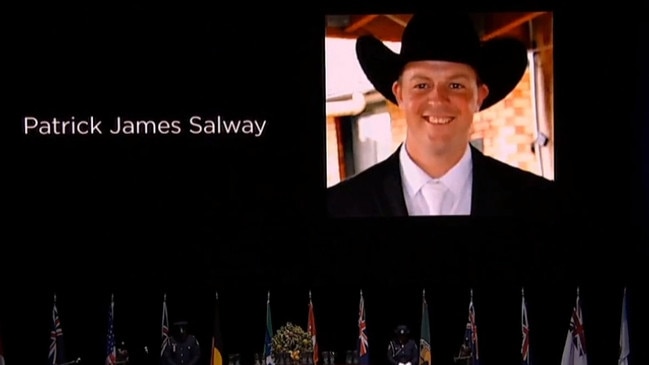
“He said that the fire turned at Yowrie and headed around towards Quaama … before diverging and coming from various directions.
“It was at this point when the embers hit, ‘dropping little bombs everywhere’.”
The report also pulled evidence from Janelle, the wife of Robert and mother to Patrick, who said she saw embers fall into their paddocks.
“At that point, Robert and Patrick worked together to battle the fire and to create firebreaks around the farmhouse, dairy and outbuildings,” the report said.
“Janelle describes that as she was driving on the motorbike towards the machinery shed, she could feel the intensity of heat from the fire.
“She felt the blue metal stones of the driveway hitting her with their heat.
“She observed pine trees behind the work shed on fire and then drove back to the farmhouse to check on Robert and Patrick.
“After feeling out for a hose in the dark to put out fires on the steps to the farmhouse, she shouted out for Robert and heard him say, ‘Patrick, Patrick’ in a faint voice.

“At approximately 7.25am, a fire thunderstorm, known as a pyrocumulus event, hit the paddock in the area where Patrick and Robert were working, about 50m-80m to the west of the farmhouse.”
Mr Anderson would later say he had “no idea” where the fire front was because the “spot fires were just bombing everywhere.”
“The fires which were burning were travelling at an extreme speed and burning paddocks which had very little fuel in them,” he said.
“The fire was two metres in height and rolling like a wave in the ocean … I’ve seen nothing like it in my lifetime.”
Ms O’Sullivan found the cause of death for Robert and Patrick was “thermal injury”.
John Robert Smith
John Smith died on December 31, 2019 at his rural property near the small township of Nerrigundah while trying to escape the Badja Fire in his car and then on foot, the report stated.
His remains were discovered on January 5, 2020, close to his burnt out car, which was found on Murphy’s Ridge Rd in Nerrigundah.
Mr Smith lived in Catalina, about two hours east of Canberra, with his wife Josie and their daughter Emerald.
Mr Smith, 71, travelled from Catalina to his property at Nerrigundah to prepare it for the likely fire impact.
At 9pm, he called Josie from the property and asked her to check on any updates about the fire.
In her statement to the coroner, Josie said: “I begged him to come back down to Catalina as I was worried for him.”
Mr Smith promised Josie he would return as soon as he could.
“During that phone conversation, John told Josie that he could see red smoke from the roof of the house, however, the wind at that stage was blowing in the opposite direction,” the report stated.
“John told Josie that he would call her in the morning. This is the last known contact John had with any person.”
From 6am to 8am the following morning, the Badja Forest Fire impacted the Nerrigundah area, and destroyed Mr Smith’s property.
Josie tried to contact Mr Smith at 5am that morning.
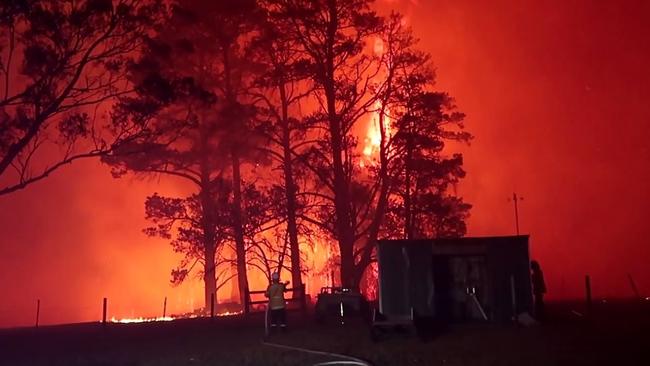
“I was shocked to see the fires near me app when the fire at Badja had already crossed the Princess Hwy,” she told the inquiry.
“I rang John but it went to his voicemail.
“I panicked and rang him again and again even though I knew that the phone reception in the bush is very poor.
“Then my home line rang and it was an emergency service telling us to act because the fire from Mogo was heading towards Batemans Bay.”
Josie evacuated their house at Catalina at 8am.
About January 4, two of Mr Smith’s friends drove to the property to look for him.
“They located John’s car, a Subaru Forrester, burnt out on the side of Murphy’s Ridge Rd,” the report said.
“However, there was no sign of John in his car.”
NSW RFS, NSW Police officer and an Australian Defence Force helicopter searched for Mr Smith.
His remains were discovered on January 6.
“The remains were found approximately 50m from the burnt-out car and approximately 500m from the main house on the property,” the report stated.
In the aftermath of Mr Smith’s funeral, Josie visited the property and said it was like “an apocalyptic world”.
“The bush that was once so thick and green was so bare, brown with black trees standing,” she said.
“When I saw the burnt car, it was less than a year old Subaru forester but it looked like a skeleton car.”
Ms O’Sullivan found the cause of death for Mr Smith was “thermal injury”.
Ross Alphonsus Rixon
Ross Rixon, 84, suffered burns injuries to his face and ears when a firestorm swept through his property in Cobargo on December 31, 2019.
He died 18 days later.
“In the days leading up to the impact of the fire on Cobargo, Ross had attended to preparations, including gathering his belongings in two utility vehicles,” the report stated.
“Between 9.43pm on December 30, 2019, and the morning of December 31, the Badja Forest Fire had spread an incredible 35km downslope in what was described as extreme and anomalous fire behaviour by the RFS.”
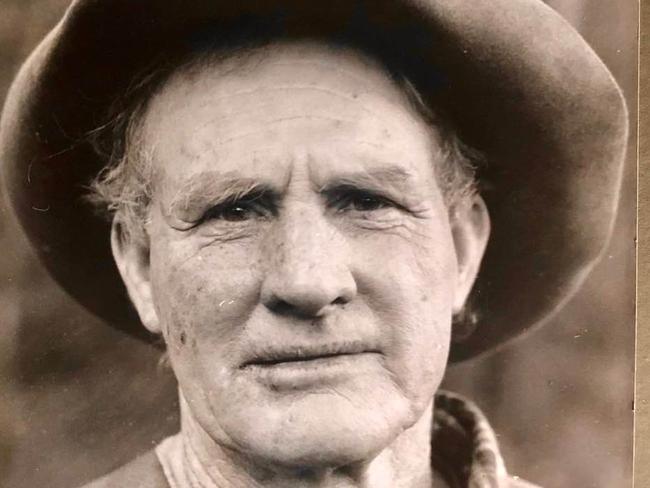
The spread was not predicted and did not accord with forecast weather conditions, the report noted.
As the fire front engulfed the area, the report noted the actions of Mr Rixon to look out for his neighbours had likely saved lives.
“That night, Ross contacted Mr Stafford (a neighbour) to check they were leaving,” the report said.
“He then telephoned other neighbours to ensure they were all leaving their properties.
“In particular, Ross called another neighbour and long-time friend, James Neil.
“Mr Neil was awoken by Ross yelling to him outside his house and beeping his car horn. Mr Neil attributes the actions of Ross to saving his life.”
Even with facial burns, Mr Rixon drove to get a coffee from a nearby bakery.
The owner of the bakery called the ambulance and paramedics took Mr Rixon to the burns unit on January 1.
He was discharged from hospital to recover at a hospital hostel.
In the early morning of January 18, he woke with chest pains and laboured breathing.
He alerted his daughter, who was with him at the hostel, and medical staff attended and performed CPR on him.
He stopped breathing and was pronounced dead at 3.24am.

Ms O’Sullivan found the cause of death to be ischaemic heart disease which he suffered while being treated as an outpatient for facial burns.
“Ross is remembered by his friends as a tough and honest worker, who always spoke the truth and was kind to all,” the report stated.
In a testimonial to the inquiry, Mr Rixon’s daughter June spoke about her father as an “iconic Australian bushman”.
“Ross was well-liked around Cobargo,” she said.
“He always tipped his hat to all the ladies when he said hello even if he knew them or not.
“In his funeral attendance book, there were over 500 signatures.
“At his funeral, I insisted to the priest we would have a 21-chainsaw salute.
“We started all the saws, family members and bush friends followed suit creating the Mexican wave as I revved the saw lifting it to face the sky to bid him farewell.”
The 25 Lives
The following people lost their lives during the 2019-20 Black Summer fires in NSW:
- Laurence Andrew
- Russell Bratby
- Colin Burns
- John Butler
- Michael Campbell
- Vivien Chaplain
- Michael Clarke
- Rick DeMorgan Jr
- Julie Fletcher
- David Harrison
- Paul Hudson
- Gwendoline Hyde
- Geoffrey Keaton
- Robert Lindsay
- Ian McBeth
- Samuel McPaul
- George Nole
- Andrew O’Dwyer
- Barry Parsons
- Ross Rixon
- Patrick Salway
- Robert Salway
- Christopher Savva
- John Smith
- Richard Steele
Originally published as Report from NSW coroner details last moments of 25 Australians who died in the Black Summer fires



